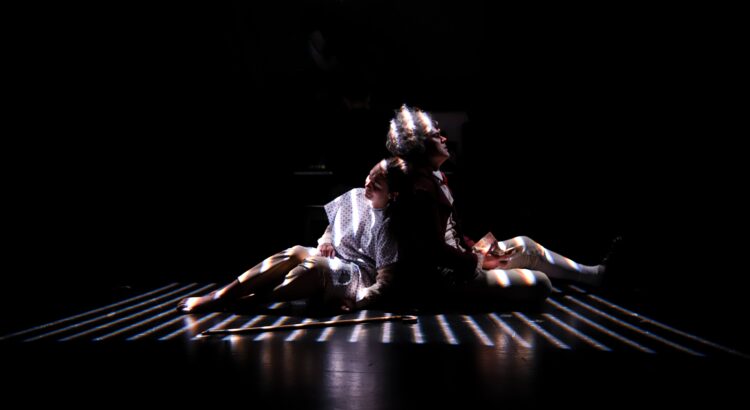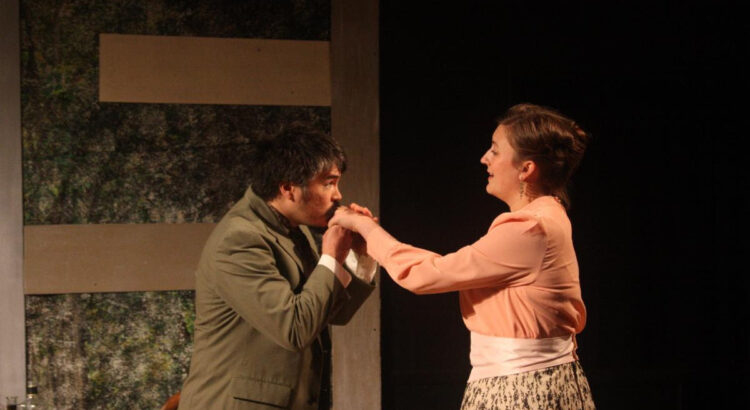Have you ever felt your jaw ache from being dropped in shock for a whole hour?
No? Oh, well, that’s too bad. You sure are missing out… To experience it firsthand, go see Nate – A One Man Show.
In its 146th season, the University Musical Society (UMS) presents Nate – A One Man Show (Nate for short), as its penultimate showing in its fourth iteration of the “No Safety Net Series.” This series of performances promises “audiences a platform to engage with high-impact theatre that challenges conventions and confronts complex themes head-on.” Nate is no exception.
Created and performed by Natalie Palamides, Nate – A One Man Show is an hour long comedy performance that shocks and shines through the smoke of fake Marlboro cigarettes. Performing entirely in drag, Natalie becomes Nate: a shorter and overconfident look alike to the Brawny paper towel man who sports a cowboy mustache, black eye, and cargo pants.
From start to finish, Nate shocks, disgusts, and humors the audience. Palamides plays an exhibitionist who demands applause and validation, and the audience willingly gives it up. As Nate quips, “bitches be thirsty.” And we sure are, drinking up every crude joke, racy pose, and can of free LaCroix that Nate hands out.

Speaking of liquids, beware the splash zone! Nate has a tendency to spray the audience whether it’s from the cans of LaCroix he shotguns or the shower he takes in a kiddy pool. I sat in the mezzanine thanking G-d that I wasn’t anywhere near the chaos of this show. Audience participation is voluntary, of course, but, as this show examines, consent isn’t always black and white.
Throughout the show, Nate asks many audience members (and the stray mannequin) for consent to interact with them in whatever raunchy way the show calls for. Even a general liability waiver is signed at one point. Beyond legal documentation, the show’s usage of asking for consent highlights the grey areas in which we ask for and give consent. This important conversation, masked by comedy, asks more questions than it answers, leaving me with a sour, but welcome taste in my mouth.
Behind the absurdity that Nate presents, lies a familiar, yet unstated debate: man vs bear. Recently a point of division on social media, the debate asks “would you rather be alone in the woods with a man or with a bear?” In this case, would you rather be alone in the theatre with Nate or with a bear?
Maybe someday we will have answers to these questions. Maybe one day, it’ll be easier to be alone with someone like Nate in the woods. For now, though, Nate will continue to ride his toy motorcycle into theatres across the globe, and audience members will continue to drive their cars to these theatres to feel the weight of their jaws on the floor.
If you weren’t able to catch Nate in Ann Arbor this February 5th-10th, you can watch Nate – A One Man Show on Netflix.














